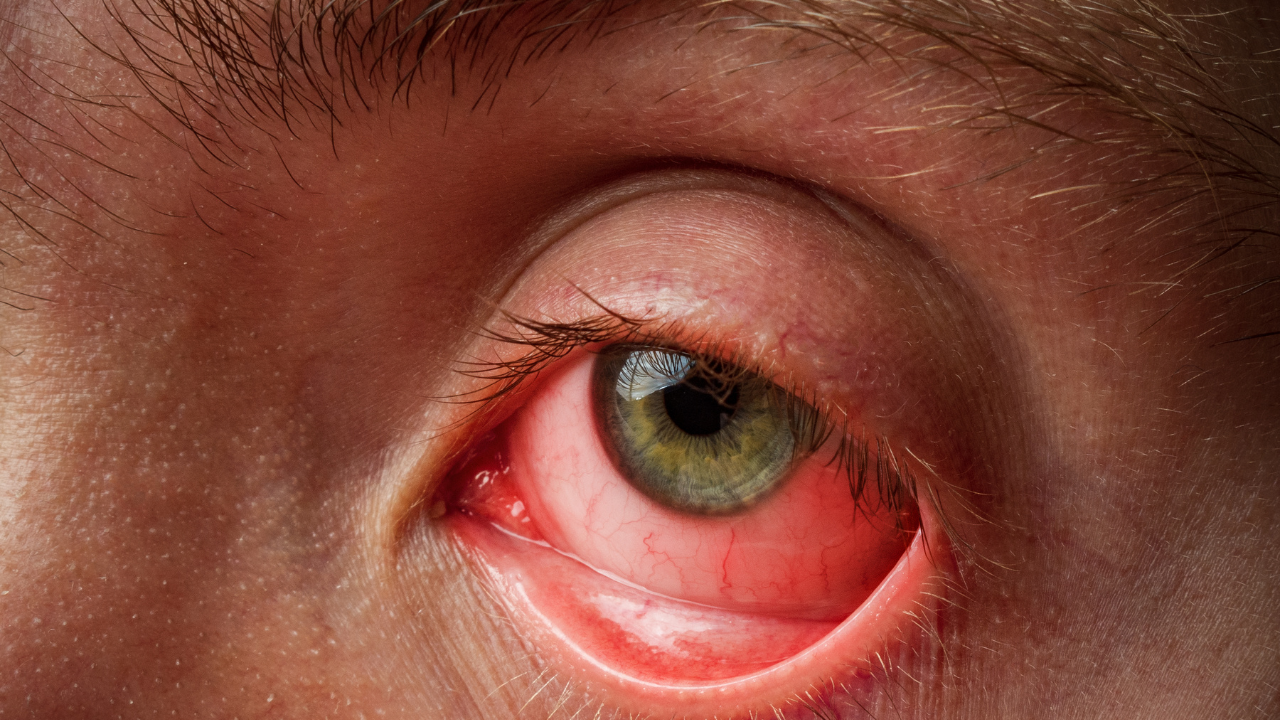
CONJUNCTIVITIS IN THE SUMMER: CAUSES, SYMPTOMS, AND TREATMENT
With the arrival of summer, many look forward to sunshine, outdoor activities, and perhaps a vacation. However, summer also brings an uptick in cases of conjunctivitis, commonly known as pink eye, a condition that can mar the enjoyment of the season’s pleasures. Understanding the causes, recognizing the symptoms, and knowing the treatment options are key to managing this uncomfortable ailment.
Causes of summer conjunctivitis
Conjunctivitis can be triggered by various agents including viruses, bacteria, allergens, and irritants. In the summer months, the rise in cases is often attributed to increased exposure to allergens such as pollen and mold, which flourish in warm weather. Outdoor activities also increase the risk of spreading viral and bacterial forms of conjunctivitis through close contact with others, especially in swimming pools and crowded beaches where the infection can spread easily.
Recognizing the symptoms
The symptoms of conjunctivitis are hard to ignore and include:
1. Redness in one or both eyes
2. Itchiness and irritation
3. A gritty feeling in the eyes
4. Discharge that forms a crust during the night, which may prevent the eye or eyes from opening in the morning
5. Excessive tearing
Viral and bacterial conjunctivitis can often be distinguished by the nature of the discharge: viral conjunctivitis usually produces a watery discharge, whereas bacterial conjunctivitis may cause a thicker, yellow or greenish discharge.
READ ALSO: Contact lenses vs. glasses: Which is better for eye health?
Treatment and management
1. Viral conjunctivitis: This is the most common type and is usually self-limiting, meaning it resolves without medical treatment within several days to two weeks. Treatment primarily focuses on relieving symptoms. Applying a cold washcloth to the eyes several times a day can help reduce discomfort. It’s also crucial to maintain good hygiene, like washing hands frequently and avoiding touching the eyes, to prevent spreading the infection.
2. Bacterial conjunctivitis: If conjunctivitis is caused by bacteria, a doctor may prescribe antibiotic eye drops or ointments. It is important to complete the full course of antibiotics as prescribed, even if symptoms improve, to fully clear the infection.
READ ALSO: The impact of sleep on eye health: How quality rest affects vision
3. Allergic conjunctivitis: This type may flare up seasonally in response to pollen and other allergens. Unlike infectious forms, allergic conjunctivitis is treated with anti-allergy medications, such as antihistamine eye drops. Avoiding allergens is also a key component of management.
READ ALSO: 8 facts you should know about bacterial pneumonia
Preventive measures
Prevention is particularly effective in controlling the spread and impact of conjunctivitis:
1. Avoid touching or rubbing your eyes.
2. Wash hands thoroughly and frequently.
3. Change pillowcases and towels regularly and do not share these items.
4. Wear swimming goggles in pools and avoid swimming if you are infected.
5. Manage exposure to known allergens, especially on days when pollen counts are high.
By understanding the causes and symptoms of conjunctivitis and adhering to preventive measures, you can enjoy the summer while minimising the discomfort and spread of pink eye. As always, if symptoms persist or worsen, consult with a healthcare provider to ensure appropriate treatment and care.
(Article Courtesy: Dr. Rajneesh Sinha, Senior Consultant, Sharp Sight Eye Hospitals)